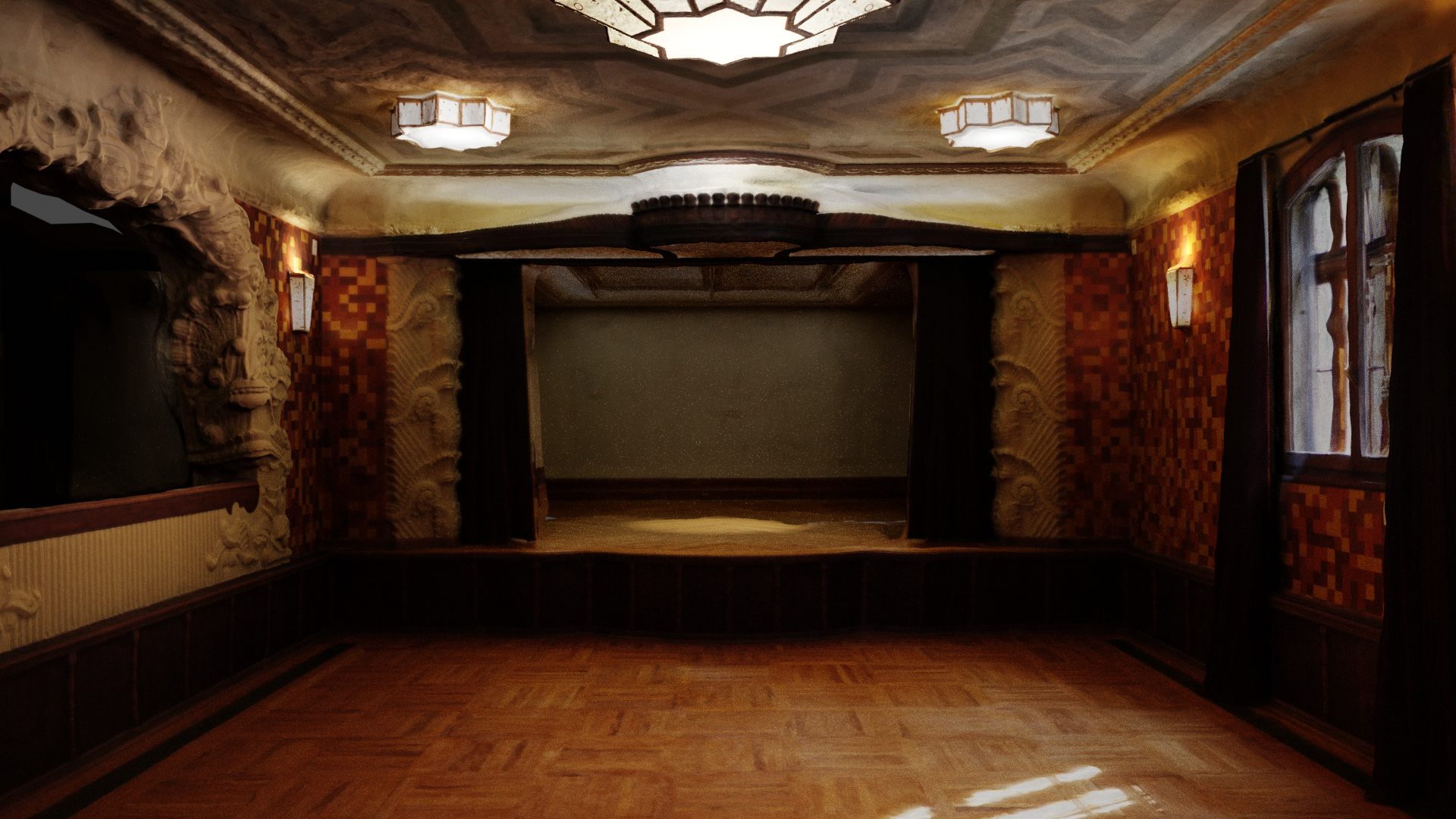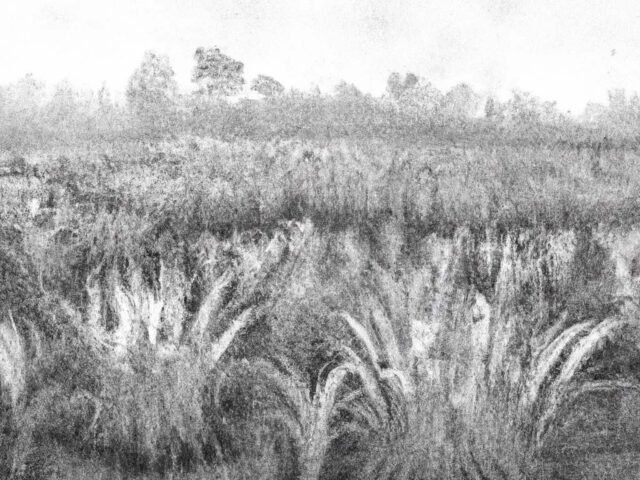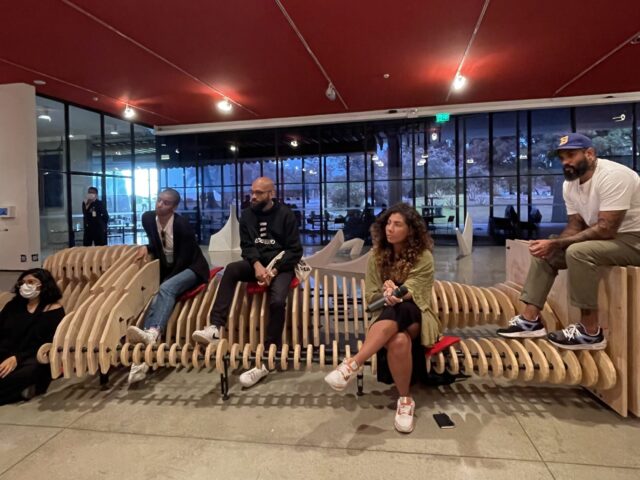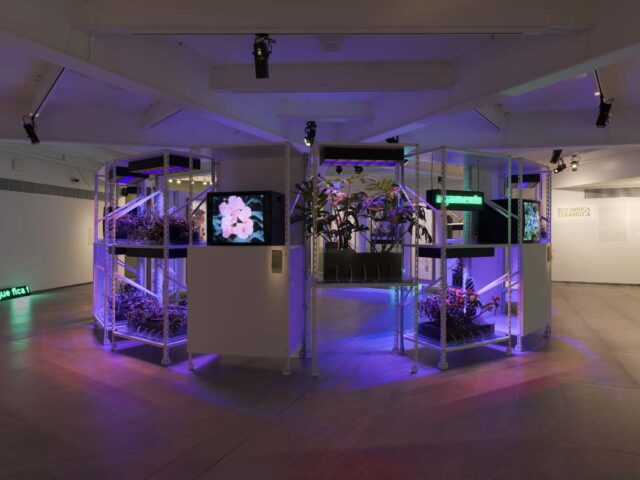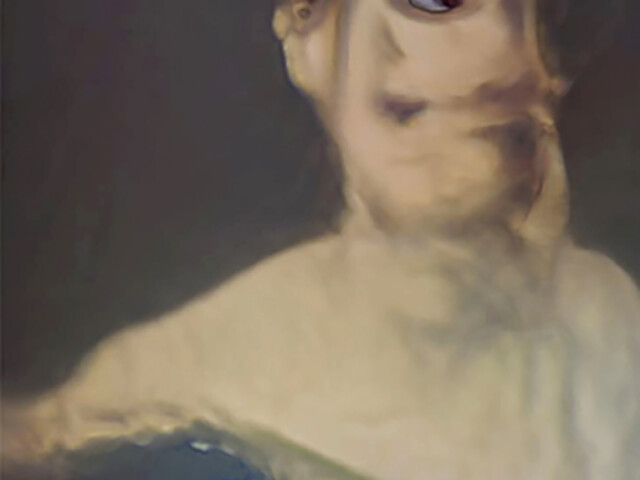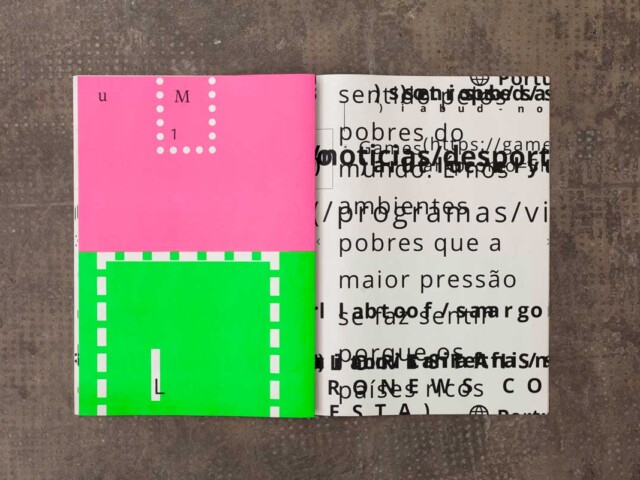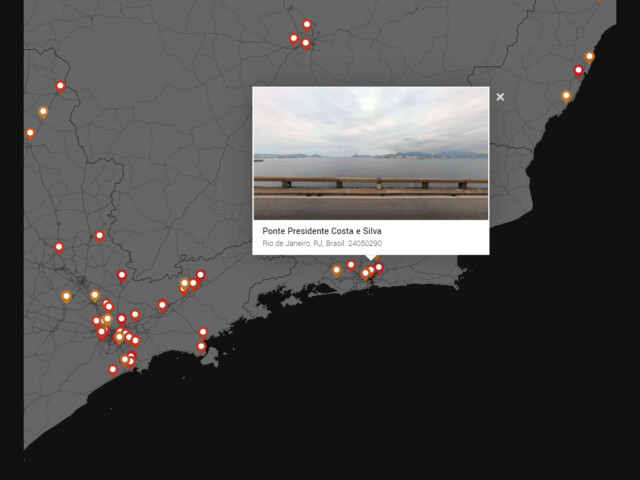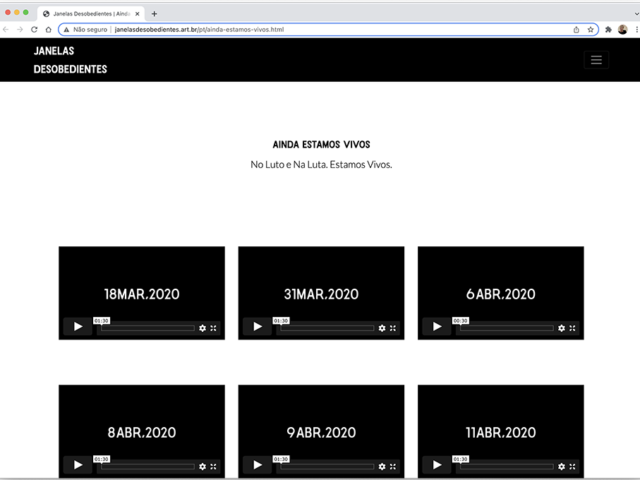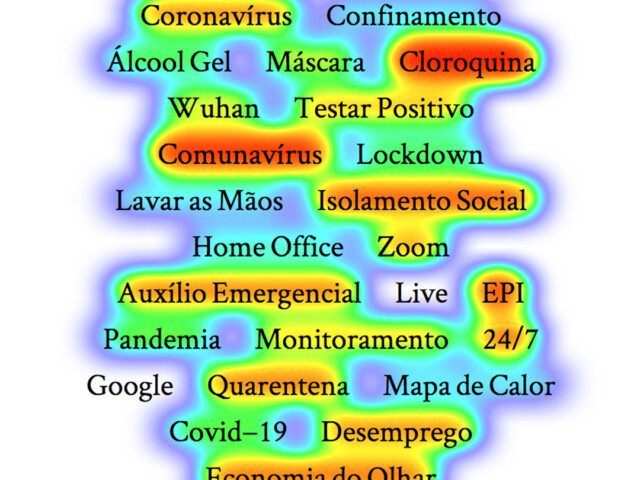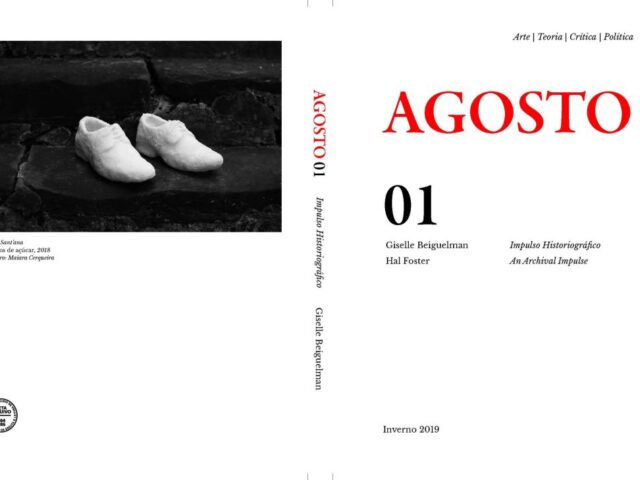Categories
Aesthetics of Memory / Estéticas da Memória, AI/ IA, arte digital | digital art, audiovisual
Date Added
março 12, 2021
Project brief & details
nhonhô by Giselle Beiguelman and Ilê Sartuzi is an experimental documentary, which reinterprets the history of São Paulo by exploring the architecture of Nhonhô Magalhães’s mansion in the Higienópolis neighborhood. In the video, the camera moves through different environments in the empty house – recreated and reconfigured by means of photogrammetry – while a narrator draws connections between the character of Nhonhô, the history of the neighborhood, and present-day São Paulo. The pictures of the mansion’s interior underwent “retrospective” colorization using AI, blurring the line between past and present. Curiously, the use of European image databases as colorization sources imparted tonalities to the historical photographs which seem to mirror the view that certain elites had (and still have) of themselves and of the country.
Curator’s statement
nhonhô is one possible biography of a mansion which represents the Europeanizing delirium and the isolationist attitudes of the São Paulo upper class of the early 20th century. The title character, Carlos Leôncio de Magalhães, was one of the foremost coffee barons in Western São Paulo. In life, he carried the nickname nhonhô, a diminutive term used by enslaved persons when addressing their master’s children. He built his mansion in the Higienópolis neighborhood (where the bourgeoisie sought refuge from the rapidly growing city), using European ideas, techniques, and materials, in an attempt to reflect all his earthly glory. He died, however, before it was finished.
Without resorting to the human figure, nhonhô centers around the virtual reconstruction and deconstruction of the architectural elements of Nhonhô Magalhães’ mansion, which presently finds itself in limbo between ruin and a proposed remodeling meant to align it to the new Higienópolis beauty standards, almost a century after its construction. The temporal relations between architecture and society serve as a lens through which one may comprehend the protagonist’s past and also other aspects of São Paulo history.
Giselle Beiguelman and Ilê Sartuzi share an interest in (and a similar research on) architecture and the digital environment. nhonô is their first collaboration. Without full access to the mansion, the artists chose to recreate it by using fragments of photogrammetry– which, they contend, are “surrounded by gaps of unrevealed information”–and elements of randomness, by means of AI and machine learning programs.
Conceptual frameworks and formal choices systematically inform one another. The temperate, autumnal and reddish palette, for instance, is generated by algorithms that search for color schemes in European and North American databases. The “deviation” in the colorization of historical tropical images ultimately mirrors the distorted image that the coffee bourgeoisie had of itself, while attempting to create its own private Europe in São Paulo.
nhonhô offers an additional perspective on Higienópolis, which literally means hygiene city: the neighborhood where the wealthiest segment of the population could breath without fear of falling ill with diseases that proliferated in working-class tenements.
The screening of nhonhô inaugurates Videobrasil Online’s Opening channel. In between exhibitions and curatorships, the online platform will regularly hold first screenings of works that offer fresh, powerful and pertinent visions of today’s complex realities.
Solange Farkas

